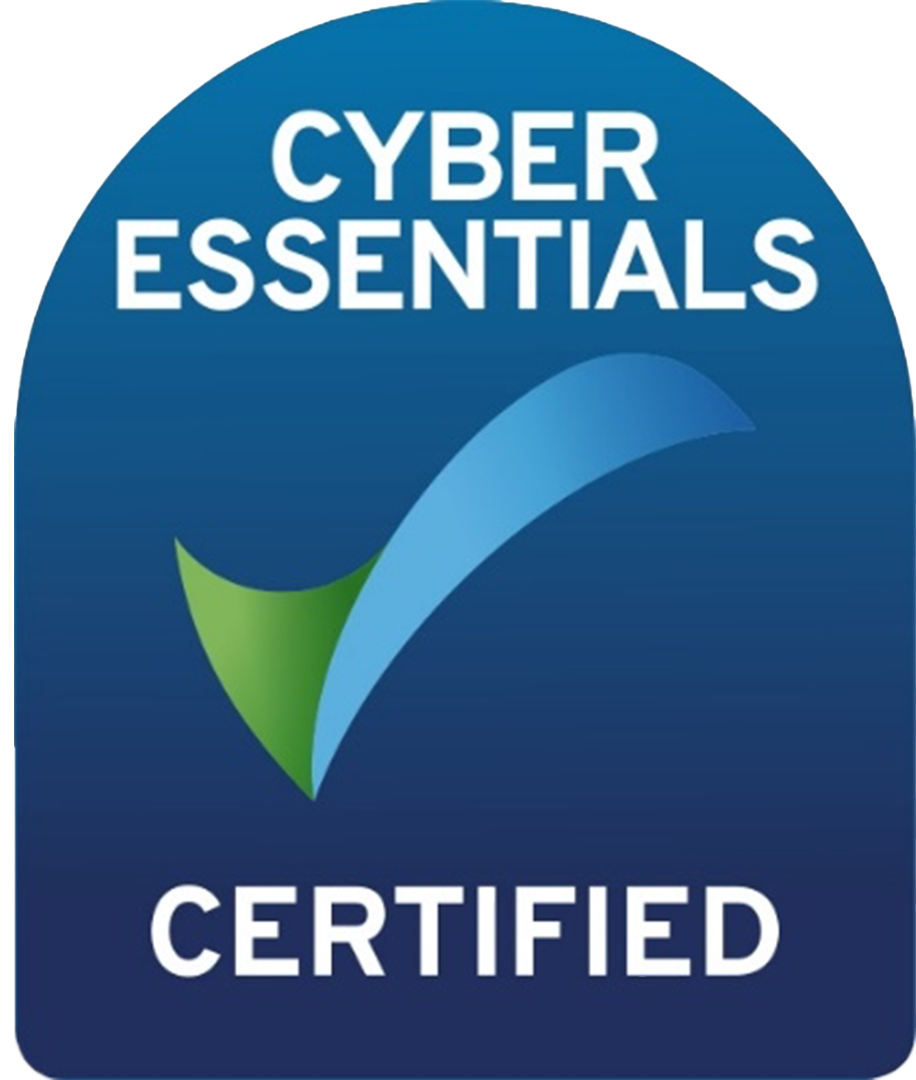Avoiding the Talent Trap: How to Stop Your Best Employees from Falling Away
Hannah Slee • February 18, 2025
Avoiding the Talent Trap:
How to Stop Your Best Employees from Falling Away
Attracting and retaining top talent is a growing challenge for businesses worldwide. According to recent reports, around 80% of UK employers have struggled to find the skills they need in 2024. As companies continue to navigate economic uncertainty and evolving job market trends, this issue is expected to persist into 2025.
Several factors contribute to this talent shortage, including increased competition, shifting employee expectations, and a growing demand for workplace flexibility. Job seekers are prioritising work-life balance, career growth, and company culture as much as they do salary, making it critical for businesses to differentiate themselves beyond just compensation. Additionally, industries such as sales, healthcare, and technology are experiencing ongoing skill shortages, forcing companies to rethink their recruitment strategies.
The consequences of failing to attract top talent are significant. Companies risk losing out on innovation, productivity, and long-term business growth. Moreover, a lack of skilled employees can lead to burnout among existing staff, increased turnover, and decreased overall performance. As a result, businesses need to take proactive steps to improve their employer branding, enhance workplace benefits, and offer compelling career progression opportunities.
“Attracting top talent is challenging due to increased market competition, evolving employee expectations, and skill shortages across various industries.”
In a recent live discussion, People2People Recruitment Manager Hannah Slee sat down with Senior Consultant Maddy Laing to discuss how businesses can attract and retain top talent in today’s competitive job market.
Maddy highlighted the key obstacles employers face when competing for skilled professionals. “Attracting top talent is challenging due to increased market competition, evolving employee expectations, and skill shortages across various industries.” She emphasised that companies must go beyond traditional hiring methods and adapt to changing workforce demands.
When discussing the role of compensation, Maddy explained that while salary remains a crucial factor, it is not the sole driver of job satisfaction. “Coming out of the pandemic, people’s priorities have shifted. Work-life balance, career development, and a supportive company culture matter just as much as pay.” She pointed out that companies offering mental health support, structured career progression, and flexible work arrangements are more successful in attracting high-quality candidates.
Flexibility has become a key differentiator for employers. “It’s no longer just about remote work; candidates are looking for flexible hours that accommodate personal commitments like childcare or eldercare.” Businesses that fail to offer adaptable work arrangements may struggle to remain competitive.
Hannah then shifted the conversation toward the consequences of failing to attract top talent. “If companies can’t bring in great people, they’re going to struggle in key areas like innovation, productivity, and maintaining a competitive edge.” Maddy agreed, noting that a shortage of skilled professionals can lead to increased workloads for existing staff, resulting in burnout and high turnover rates.
The discussion concluded with Maddy’s top advice for businesses aiming to improve their recruitment strategies. “Invest in your people. Make sure employees feel valued, supported, and excited about working for your company.” She stressed the importance of employer branding, workplace flexibility, and a culture of continuous learning as essential elements in talent attraction and retention.
Practical Strategies to Attract and Retain Top Talent
To stand out in today’s competitive job market, businesses must implement targeted strategies to attract and retain skilled professionals. Here are some key approaches:
Strengthen Employer Branding
A strong employer brand is essential in attracting top talent. Companies should showcase their values, workplace culture, and career development opportunities through their website, social media, and job postings.
Enhance Compensation and Benefits Packages
While salary is important, competitive benefits packages can make a company more appealing. Businesses should offer mental health support, professional development programs, and wellness initiatives to meet the evolving needs of employees.
Prioritise Workplace Flexibility
Flexibility extends beyond remote work; it includes adaptable working hours, compressed workweeks, and personalised schedules. Companies that provide these options are more likely to attract and retain top-tier candidates.
Invest in Employee Development
Professionals seek opportunities for growth and career progression. Employers should provide training programs, mentorship opportunities, and clear paths for advancement to keep employees engaged and motivated.
Foster an Inclusive and Supportive Work Environment
Creating a workplace that values diversity, inclusion, and employee well-being is critical. Businesses should implement policies that promote work-life balance, mental health awareness, and open communication.
By adopting these strategies, companies can position themselves as employers of choice and secure the talent needed for long-term success.
As competition for skilled professionals intensifies, businesses must adapt to the evolving expectations of job seekers. Offering flexible work arrangements, prioritising employee well-being, and fostering a culture of continuous development are all critical components of a successful talent attraction strategy.
Find the job you love I Find the right talent
Get in touch with people2people
Australia
I United Kingdom
In business since 2002 in Australia, NZ, and the United Kingdom, people2people is an award-winning recruitment agency with people at our heart. With over 12 offices, we specialise in accounting and finance, business support, education, executive, government, HR, legal, marketing and digital, property, sales, supply chain, and technology sectors. As the proud recipients of the 2024 Outstanding Large Agency and Excellence in Candidate Care Awards, we are dedicated to helping businesses achieve success through a people-first approach.
Recent articles









